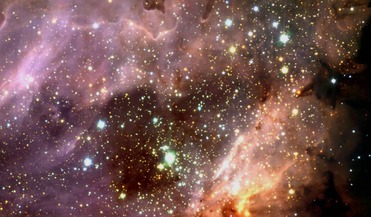 29 October 2018
A rare discovery helps scientists measure a key process in star formation
29 October 2018
A rare discovery helps scientists measure a key process in star formation
... form, you will have a better understanding of dark cloud formation, which in turn will provide more information on star formation efficiency and the star formation rate. Now, by using a novel observation method, an international team of astronomers...
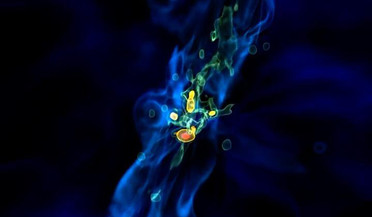 22 March 2017
Massive quasars can be powered by direct collapse black holes say scientists
22 March 2017
Massive quasars can be powered by direct collapse black holes say scientists
... phenomena associated with black holes that are routinely observed by astrophysicists, such as star formation rates, galaxy density profiles, and thermal and ionisation rates in gasses. "This was largely unexpected," said Smidt. "I thought this idea...
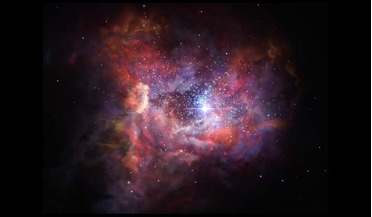 08 March 2017
The most distant galaxy yet observed by ALMA gives insight into first stars
08 March 2017
The most distant galaxy yet observed by ALMA gives insight into first stars
... team also found that stars are forming in A2744_YD4, which has been nicknamed Pandora’s Cluster, at a rate of 20 solar masses ...this kind offer the exciting prospect of tracing early star formation and the creation of the heavier chemical elements ...
 June 2018
Cosmic communications and the anthropology of outer space
June 2018
Cosmic communications and the anthropology of outer space
... at least the first few variables of the Drake Equation. “We know the star formation rate is around seven per year from Kepler,” he said. “We know the fraction of stars with planets, is about one percent in the Milky Way. We know the...
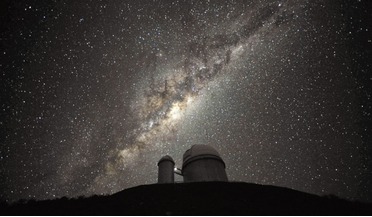 08 March 2021
New study determines best place and time to live in the Milky Way
08 March 2021
New study determines best place and time to live in the Milky Way
...the galaxy took a turn for the worse, as an increase in star formation led to more powerful GRBs swamping space with radiation. “As time passed, the star formation rate decreased in the centre and gradually increased in the periphery,” adds co-author...
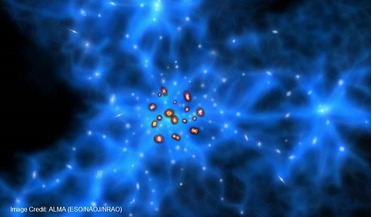 07 December 2015
Massive baby galaxies nestled in dark matter filaments found by ALMA
07 December 2015
Massive baby galaxies nestled in dark matter filaments found by ALMA
... formed in the early epochs of our Universe. It is thought that these young galaxies, that would have had star formation rates hundreds or thousands of times what we currently observe in the Milky Way, evolved into giant elliptical galaxies over...